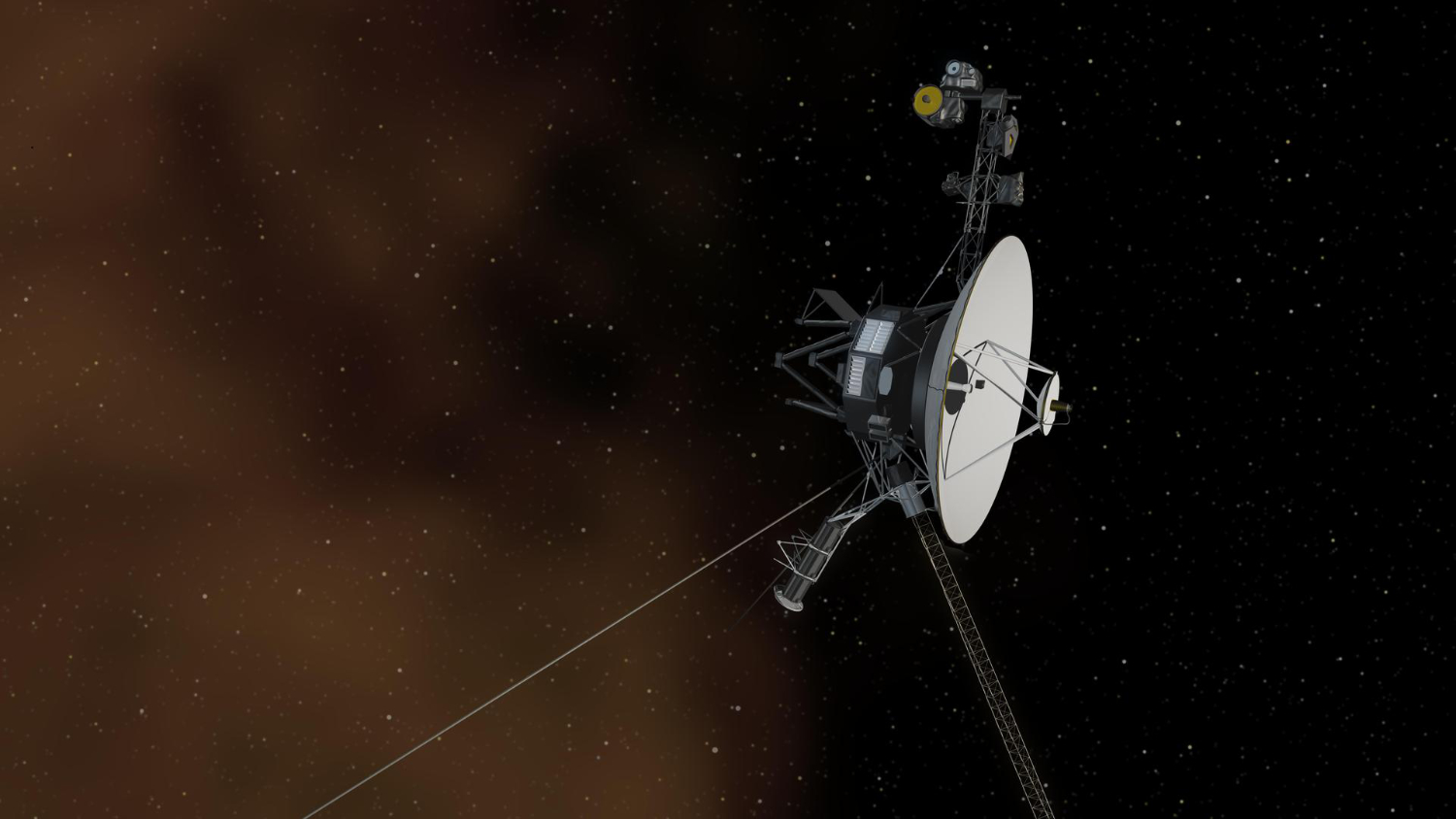 On 5th September 1977, the Voyager 1 space probe was launched into space. Today, after nearly half a century of nonstop travel, the spacecraft has reached a distance of 25 billion kilometres from Earth and is the most distant human-made object in space.
On 5th September 1977, the Voyager 1 space probe was launched into space. Today, after nearly half a century of nonstop travel, the spacecraft has reached a distance of 25 billion kilometres from Earth and is the most distant human-made object in space.
Voyager 1 and its twin, Voyager 2, were both launched in 1977 as part of the Voyager programme, aimed to explore Jupiter and Saturn, the two gas giant planets, and, if possible, also Uranus and Neptune, the faraway ice giants.
The first of two probes to be launched was, however, Voyager 2, which left Earth on 20th August 1977. Its trajectory was set to fly in close vicinity of Jupiter, Saturn, Uranus and Neptune. Voyager 1 followed sixteen days later, on 5th September. The probe followed shorter and faster route, leading to the Saturnian system, where its mission should end.
Already in December of 1977, Voyager 1 overtook its twin and continued its journey to the Jovian system. It flew by Almathea, Jupiter, Io, Europa, Ganymede and Callisto.
Although both spacecraft completed their initial missions in the late 1980s, they were still working and sending data to Earth. In conclusion, NASA decided to continue the Voyager programme as long as possible, sending the probes beyond the Solar System.
In 1998, Voyager 1 became the most distant, human-made object from Earth. The spacecraft travelled further than two deep-space probes Pioneer 10 and Pioneer 11, launched in 1972 and 1973, respectively.
At the end of May 2025, Voyager 1 achieved the distance milestone of 25 billion kilometres (15,534,279,806 miles / 167.114 AU) from the Sun. Similar achievement, but this time regarding distance calculated from Earth, was reached two months later.
Assuming the Voyager probes would not be retrieved nor collide with any object, the spacecraft can – as once stated by NASA – eternally wander through the Milky Way. They will remain the most distant human-made object in space for next decades, or even centuries – at least until implementation of more-effective propulsion or a completely new way of travelling through space.
Currently, Voyager 1 is the fastest human-made spacecraft outside the Solar System, travelling at 61,198.15 kph (38,026.77 mph) with respect to the Sun.
Full story here.
Cover photo: Voyager 1 spacecraft entering interstellar space, artist concept (NASA, PIA17462).
All photos © National Aeronautics and Space Administration. Information from NASA press releases and Voyager programme website indicating current position of the both space probes were used.



